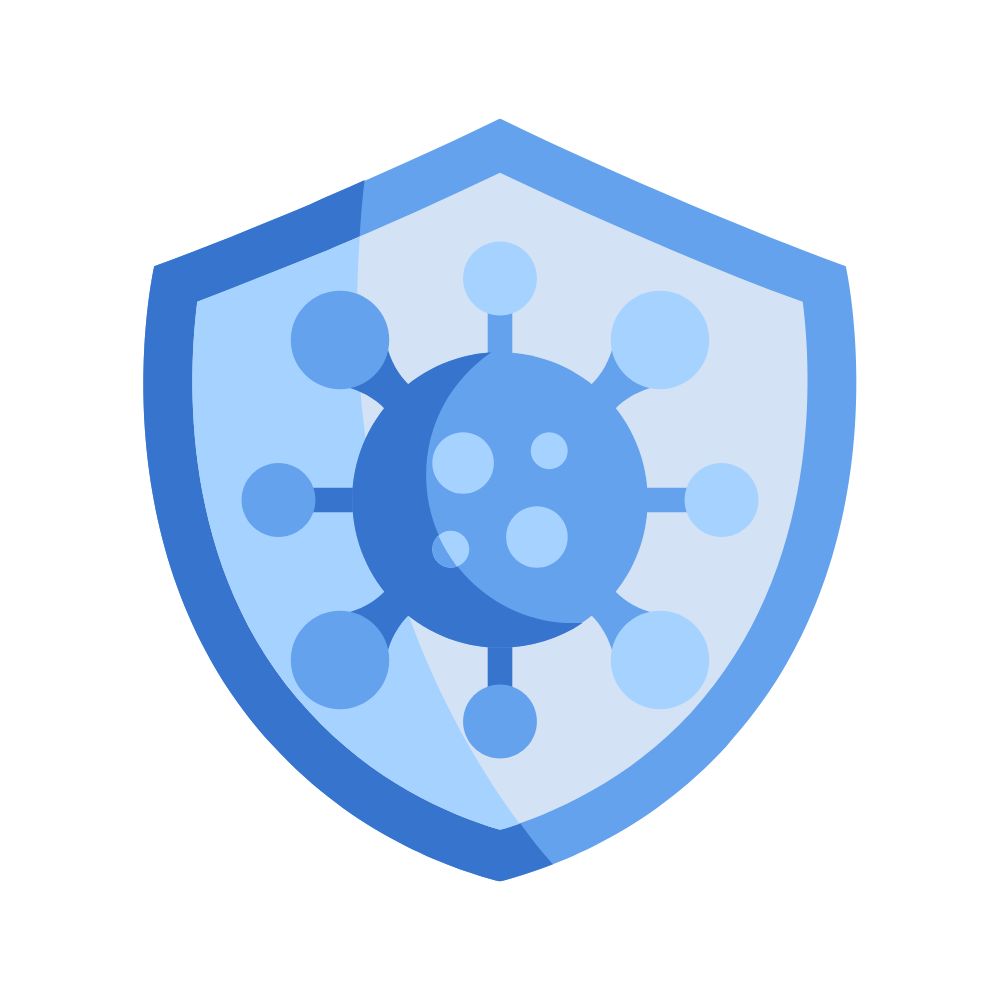COVID-19:
COVID-19 (coronavirus disease 2019) is caused by a the SARS-CoV-2 virus and is very contagious. COVID-19 most often causes respiratory symptoms that can feel much like a cold, the flu, or pneumonia.
Group A Strep:
Bacteria called group A Streptococcus (group A strep) can cause many different infections; strep throat, impetigo, cellulitis and more. The best way to protect yourself from group A strep infection is to practice good hygiene, like washing your hands often.
CDC: Group A Streptococcal
Strep Throat: Strep throat is an infection in the throat and tonsils caused by bacteria called group A Streptococcus (group A strep). In general, strep throat is a mild infection, but it can be very painful.
Impetigo: Impetigo is a mild infection that can occur anywhere on the body. It most often affects exposed skin, such as around the nose and mouth or on the arms or legs.
Cellulitis: Cellulitis is a common bacterial skin infection that causes redness, swelling, and pain in the infected area of the skin.

